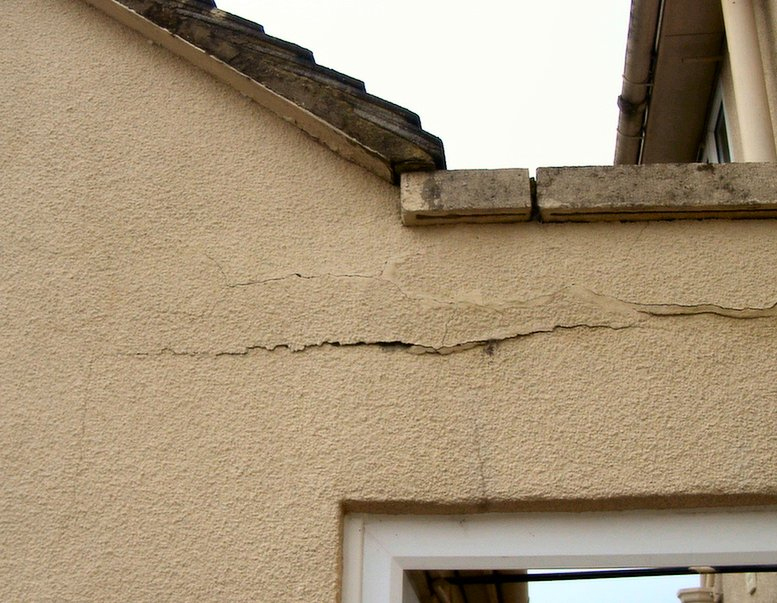Cracking in buildings BR 292
BRE Group (BRE) is a world-leading centre of built environment expertise, research and training, and includes a third-party approvals organisation offering certification of products and services to international markets.
The first edition of the BRE guide Cracking in buildings was published in 1996. The second edition, written by Ron Bonshor, Lesley Bonshor and Roger Sadgrove, was published in March 2016. Its aimed at all who own, occupy, design, build and maintain buildings.
Buildings and other built structures are moving all the time, but usually these movements are so small as to be unnoticeable. However, if a structure is unable to accommodate movement, cracking is likely to occur. The appearance of cracks can be visually unattractive and disconcerting for occupants, and if left untreated can affect the integrity, safety and stability of the structure.
The BRE guide describes the basic materials science behind the subject and explains how and why cracks occur. It provides a source of relevant information and provides a systematic approach for the reader to follow.
The first part looks at the causes of and mechanisms behind cracking, and the use of joints as safeguards against cracking. The second part examines the application of the science, and how cracking is effected by temperature, moisture, chemical and foundation movement. Appendices cover the classification of visible damage to walls, and provide a suggested approach to crack investigation.
This second edition updates references and aspects of the methodology that have changed since the first edition.
You can view a sample of, and purchase the book here.
[edit] Related articles on Designing Buildings Wiki
- BRE articles on Designing Buildings Wiki.
- BRE Buzz.
- BRE Trust.
- Burland scale.
- Cracking and building movement.
- Defective Concrete Blocks Grant Scheme.
- Defects in brickwork.
- Defects in construction.
- Defects in stonework.
- Efflorescence.
- Foundations.
- Ground heave.
- Home quality mark.
- Latent defects.
- Pyrite and mica redress issues in Dail Eireann.
- Reversible and irreversible expansion.
- Settlement.
- Thermal expansion.
- The history of fabric structures.
- Why do buildings crack? (DG 361).
[edit] External references
Featured articles and news
Gregor Harvie argues that AI is state-sanctioned theft of IP.
Heat pump and wind turbine sound calculations for PDRs
MCS publish updated sound calculation standards for permitted development installations.
Homes England creates largest housing-led site in the North
Successful, 34 hectare land acquisition with the residential allocation now completed.
Scottish apprenticeship training proposals
General support although better accountability and transparency is sought.
The history of building regulations
A story of belated action in response to crisis.
Moisture, fire safety and emerging trends in living walls
How wet is your wall?
Current policy explained and newly published consultation by the UK and Welsh Governments.
British architecture 1919–39. Book review.
Conservation of listed prefabs in Moseley.
Energy industry calls for urgent reform.
Heritage staff wellbeing at work survey.
A five minute introduction.
50th Golden anniversary ECA Edmundson apprentice award
Showcasing the very best electrotechnical and engineering services for half a century.
Welsh government consults on HRBs and reg changes
Seeking feedback on a new regulatory regime and a broad range of issues.
CIOB Client Guide (2nd edition) March 2025
Free download covering statutory dutyholder roles under the Building Safety Act and much more.
Minister quizzed, as responsibility transfers to MHCLG and BSR publishes new building control guidance.
UK environmental regulations reform 2025
Amid wider new approaches to ensure regulators and regulation support growth.

























